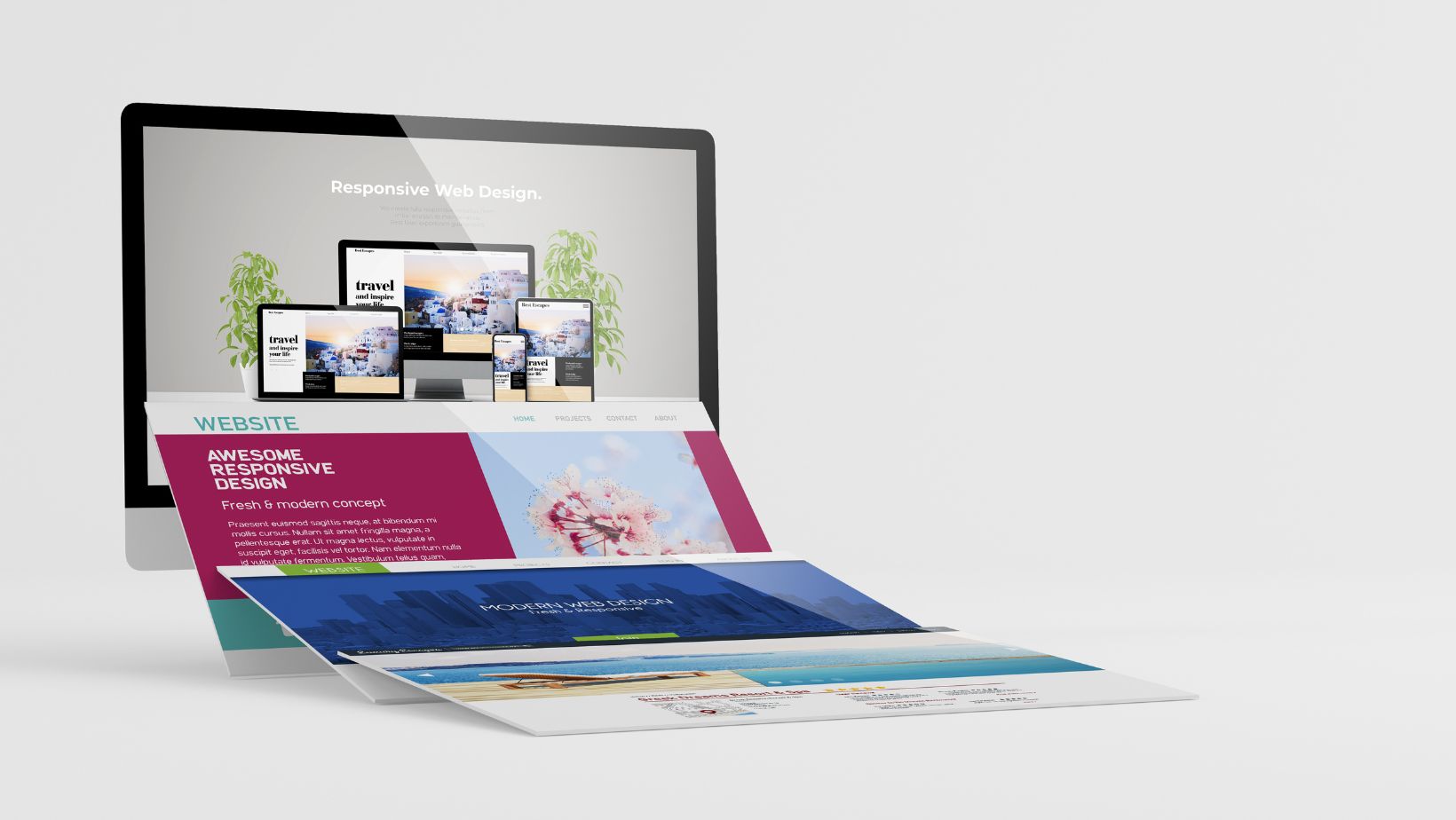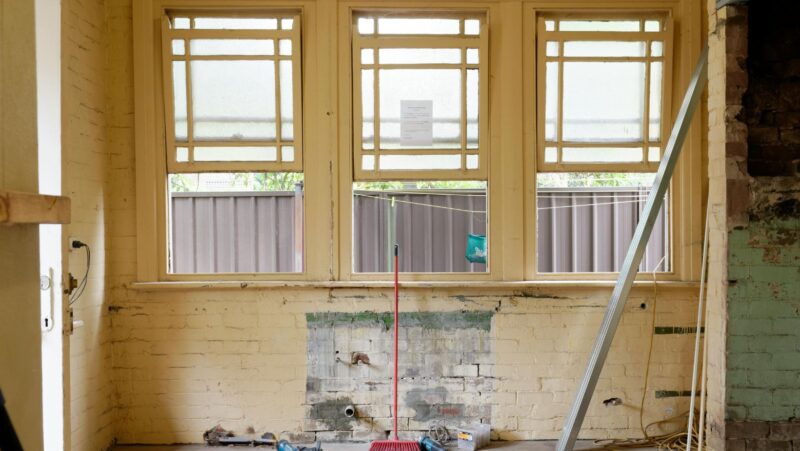Table of Contents
ToggleDesign Portfolio
As an expert in the field of design, I have come across countless design portfolios that vary greatly in content and presentation. Crafting a standout portfolio is essential for any designer looking to showcase their skills and attract potential clients or employers. It serves as a visual resume, offering a glimpse into my creative capabilities and design style.
When diving into the world of design portfolios, one must consider several key elements to ensure its effectiveness. From selecting the best pieces to feature to arranging them in a cohesive manner, every detail plays a crucial role in making a lasting impression. As I curate my own portfolio, I meticulously choose projects that highlight my strengths and demonstrate the breadth of my expertise.
In today’s competitive design industry, having a well-crafted portfolio can set me apart from other talented individuals vying for the same opportunities. It not only showcases what I’m capable of but also reflects my professionalism and attention to detail. With each project featured, I aim to convey not just what I can do but also who I am as a designer – someone passionate about creating visually captivating experiences.

Importance of a Design Portfolio
When it comes to showcasing my work as a designer, having a strong design portfolio is absolutely crucial. It’s not just a collection of past projects; it’s a visual representation of my skills, creativity, and unique style. Potential clients and employers often rely on design portfolios to evaluate the quality of work and determine if I’m the right fit for their needs.
Having an impressive design portfolio can set me apart from the competition. It allows me to demonstrate my expertise in various design styles, techniques, and mediums. Whether it’s graphic design, web design, or illustration, my portfolio serves as a comprehensive showcase of what I can deliver.
Moreover, a well-curated design portfolio acts as tangible proof of my capabilities. Instead of just telling clients about my skills, I can show them actual examples of successful projects I’ve completed. This visual evidence helps build trust and credibility with potential clients and increases the likelihood of securing new opportunities.
In today’s digital age where first impressions matter more than ever, a visually appealing and organized design portfolio can make all the difference. It serves as my online resume, making it easy for others to quickly assess my strengths and areas of expertise. As such, investing time and effort into crafting a standout design portfolio is an investment in my professional success.
In essence, a design portfolio is not just a collection of images; it’s a powerful tool that speaks volumes about who I am as a designer. By continuously updating and refining my portfolio with fresh content and innovative projects, I ensure that I stay relevant in the competitive world of design while leaving a lasting impression on those who view it.

Elements to Include in Your Design Portfolio
When putting together your design portfolio, it’s crucial to showcase a range of work that highlights your skills and creativity. Here are some essential elements to consider including:
- Diverse Projects: Display a variety of projects that demonstrate your versatility as a designer. Include examples from different styles, industries, and mediums to show the breadth of your capabilities.
- Process Work: Providing insight into your design process can give potential clients or employers a glimpse into how you approach projects. Consider including sketches, wireframes, mockups, and any other relevant materials to illustrate your creative journey.
- Client Testimonials: Including testimonials from satisfied clients can add credibility to your portfolio. Highlighting positive feedback can help build trust with new prospects and showcase your professionalism.
- Results: Whenever possible, include measurable results or outcomes from your design projects. Whether it’s increased website traffic, higher conversion rates, or positive user feedback, quantifiable results can demonstrate the impact of your work.
- Personal Projects: Don’t forget to showcase personal projects that reflect your interests and passions outside of client work. These passion projects can reveal more about your unique style and creativity.
Remember, a well-rounded design portfolio not only showcases your technical skills but also tells a story about who you are as a designer. By carefully curating these elements in your portfolio, you can make a strong impression on anyone who views it.





